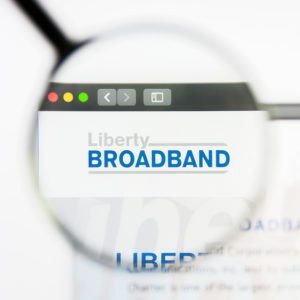The Biden administration recently touted the $42.5 billion in broadband infrastructure funding that the National Telecommunication and Information Administration will distribute to the states. As that will provide a big hit to taxpayers, it is a minuscule amount compared to what the private telecom industry has spent on broadband infrastructure development in recent years.
USTelecom reports that private communications providers in the United States have spent $2 trillion on domestic communications infrastructure since 1996. That amount is 67 percent higher than the funding for the entire Infrastructure Investment and Jobs Act, which Congress designed to reinvigorate all of America’s infrastructure, USTelecom notes.
To further put that in perspective, the $2 trillion in spending since 1996 averages more than $75 billion annually. That is significantly more than the $42.5 billion allocated through the Broadband Equity Access and Deployment (BEAD) Program, which will be spent over the next several years.
USTelecom notes that broadband providers invested at least $86 billion in 2021.
“While this is an unprecedented government effort to bring broadband to all in America, particularly those in hard-to-reach places, the BEAD investment is less than half of what the industry invested last year alone,” the 2022 report said.
“With the focus on the generational opportunity at hand for broadband deployment, it is not surprising that we are at a high-water mark for communications investment,” the report said. “Observers may not realize that private industry is leading the charge with investment levels not seen in the past 20 years.”
The growth is both on the wired and wireless front. AT&T blogged in April that it had invested more than $140 billion over the last five years in its infrastructure. The company said its 5G networks reach 290 million Americans in nearly 24,000 municipalities. Its mid-band 5G spectrum rollout covered more than 150 million people at the end of 2022, more than twice as many residents as the company’s original end-of-2022 goal.
AT&T noted that it also invested in its FirstNet public safety network, which helps first responders aid locations covering more than 99 percent of the U.S. population.
NCTA — The Internet and Television Association reports that 99 percent of U.S. homes have access to broadband speeds of 25 megabits per second download and 3 megabits per second upload. The federal government’s broadband spending programs like BEAD give the impression the digital divide is larger than it actually is. This is because the new guidelines raise the bar for broadband, now considering speeds below 100/10 as insufficient even as the Federal Communications Commission has yet to change that metric. That could result in more communities competing for the same BEAD dollars. And that could also mean more overbuilding and less money to genuinely unserved areas.
Meanwhile, American broadband companies invest about three times as much per household than their counterparts in the European Union, likely due to the lighter regulatory touch of the government in the years since the FCC overturned Title II regulations. Those investments had helped private providers connect nearly every American with broadband well before Congress passed BEAD.
The $42 billion in BEAD funding may appear to be a game changer for deploying broadband, but the reality is that it is a drop in a huge bucket compared to what the private sector has spent and continues to spend.

